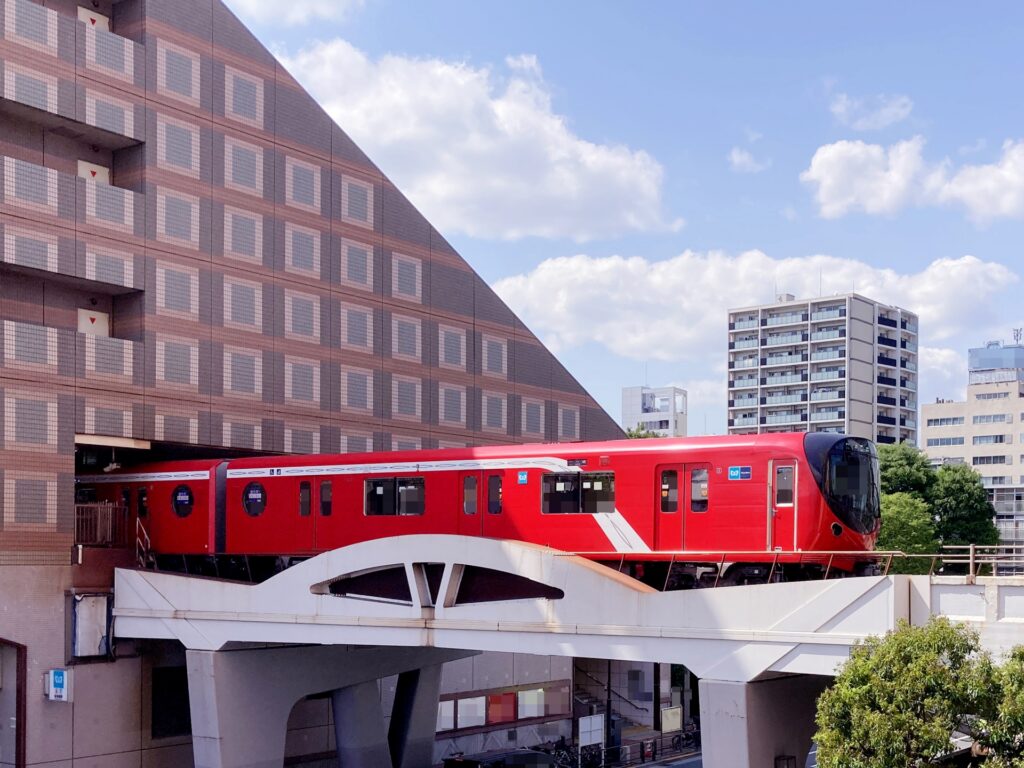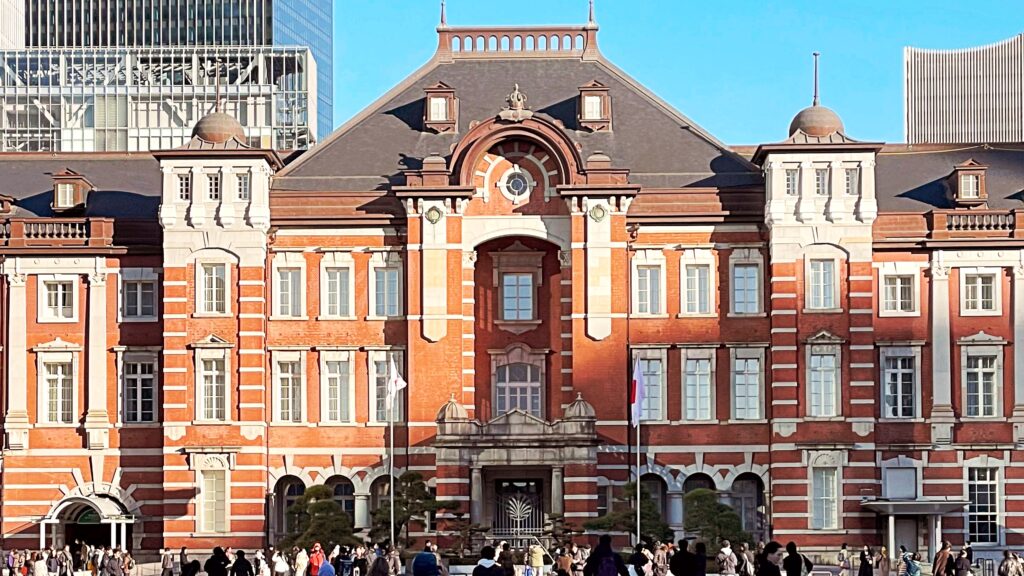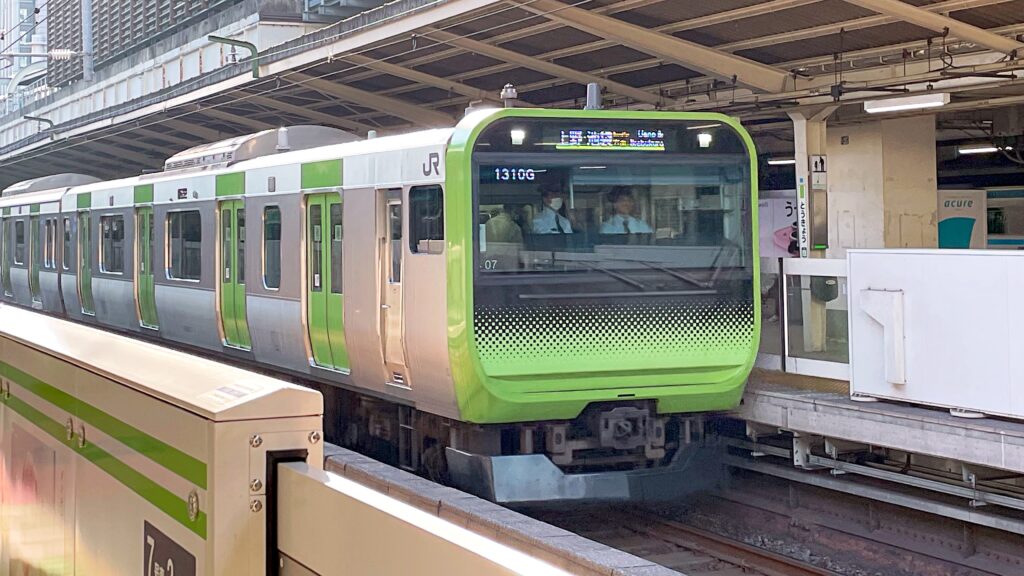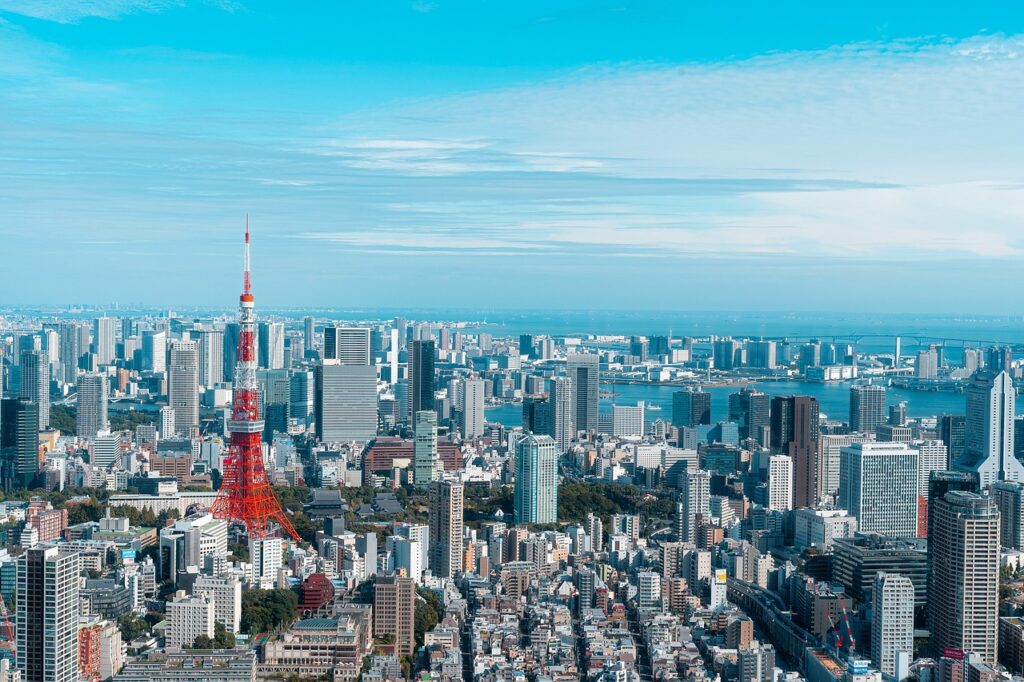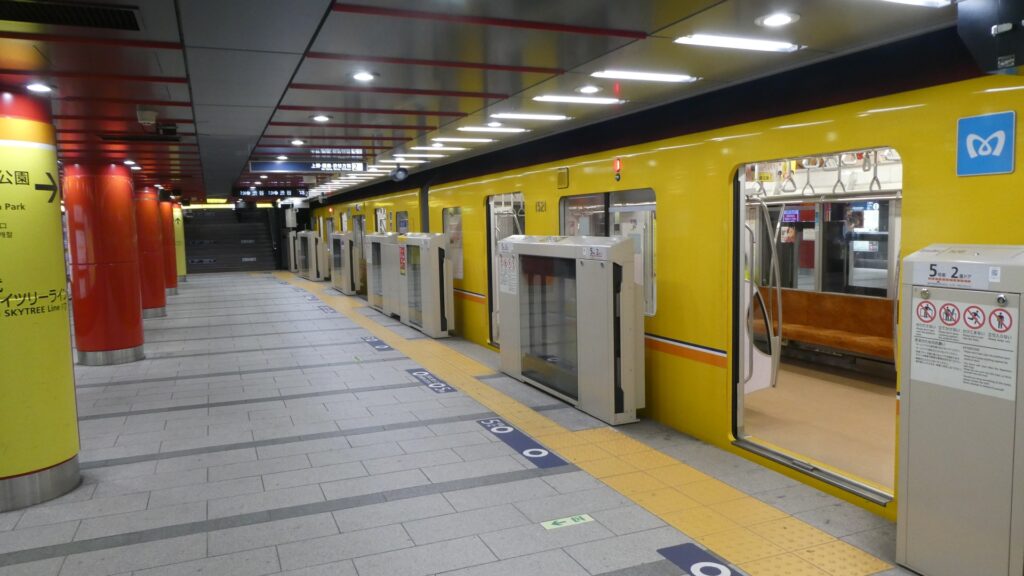A Complete Historical and Travel Guide via Tokyo Metro Marunouchi Line
🟢 Introduction: Tokyo Station to Shinjuku and Ikebukuro
When planning your journey from Tokyo to Shinjuku and Ikebukuro, the Tokyo Metro Marunouchi Line offers a direct, efficient, and historically rich route through the city. While many guides focus only on route maps and travel times, this article takes a deeper dive—not just into how to ride the train, but also into the origin and evolution of the Marunouchi Line, one of the most iconic subway lines in Japan.
From the red trains that helped shape Tokyo’s modern commuting culture to practical travel tips for your visit, this is your all-in-one guide to getting from Tokyo Station to Shinjuku and Ikebukuro with historical insight.
Why Travel from Tokyo to Shinjuku and Ikebukuro?
Both Shinjuku and Ikebukuro are major destinations in western Tokyo:
- Shinjuku: Skyscrapers, nightlife, shopping, and a massive transport hub.
- Ikebukuro: Anime and gaming culture, family-friendly spots, and major department stores.
Whether you’re heading for sightseeing or a transfer point to other parts of Japan, mastering this route is a must.
Spotlight on the Marunouchi Line: A Red Thread Through Tokyo
Origins of the Marunouchi Line
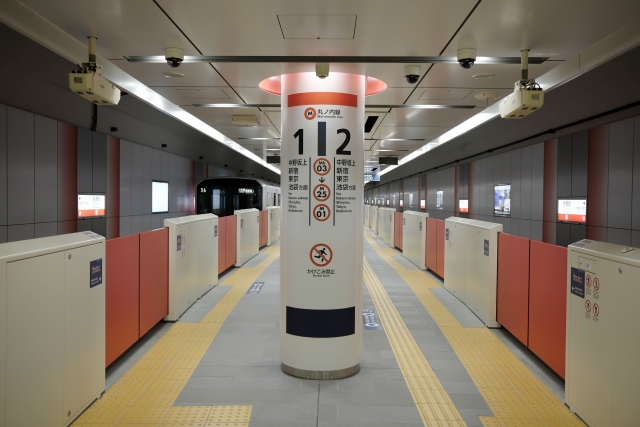
- Opening Date: January 20, 1954
- First Section: Ikebukuro to Ochanomizu
- Initial Operator: Teito Rapid Transit Authority (TRTA, now Tokyo Metro)
This made the Marunouchi Line the second-oldest subway line in Tokyo, following the Ginza Line.
Symbol of Modern Tokyo
The Marunouchi Line represented a symbol of Japan’s post-war modernization. Its construction introduced advanced subway engineering, including:
- Rubber-tired trains (in early planning)
- Improved ventilation systems
- Passenger flow design that would influence future lines
By the late 1950s, the line extended to Tokyo Station and further west to Shinjuku, forming a key east-west artery in central Tokyo.
The Marunouchi Line Today
Fast Facts:
- Color: Red
- Code: M
- Total Stations: 28
- Length: 27.4 km
- Route: Ogikubo ↔ Ikebukuro (via Tokyo, Shinjuku)
Key Features:
- High Frequency: Trains every 2–3 minutes during rush hours.
- Driverless Trains (planned): As of the 2020s, Tokyo Metro is testing autonomous systems.
- Energy Efficiency: Regenerative braking and LED upgrades.
Unique Design Elements:
- Compact cars that fit narrow city tunnels
- Curved stations like Yotsuya with unique layouts
- Retro-modern red trains with historical design nods
Step-by-Step: Travel from Tokyo to Shinjuku and Ikebukuro
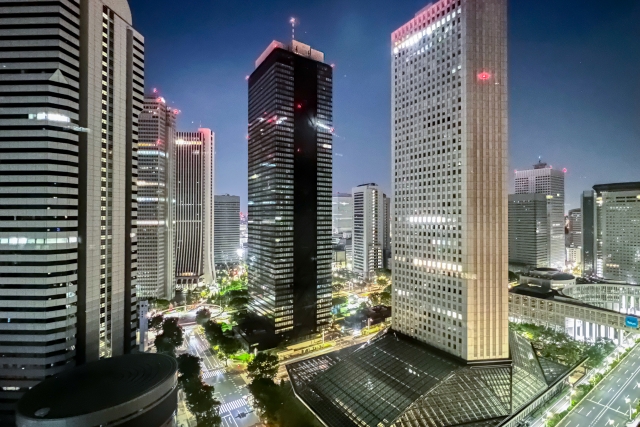
1. Starting at Tokyo Station (M17)
Tokyo Station’s Marunouchi Line platform is accessed via the Marunouchi North or South exits.Follow signs for the red “M” symbol. The platform is clearly marked with bilingual signage.
Pro Tip: Allow 10 minutes to walk from the JR central gate to the subway platform.
2. Ride to Shinjuku Station (M08)
- Direction: Board a train bound for Ogikubo.
- Travel Time: ~20 minutes
- Number of Stops: 8
- Fare: ¥200 (or covered by a Tokyo Subway Ticket)
You’ll pass through historic central Tokyo areas like Kanda, Ochanomizu, and Yotsuya—offering a ride through time.
3. Stop and Explore Shinjuku
Once at Shinjuku Station, use the west exit to access the Tokyo Metropolitan Government Building, or the east exit for Kabukicho and shopping.
Did You Know?
The Marunouchi Line’s arrival in Shinjuku in 1959 helped transform the area into a commercial powerhouse. It contributed to the rise of sub-center planning in Tokyo’s urban development.
4. Continue to Ikebukuro Station (M25)
- From Shinjuku to Ikebukuro: 9 more stops
- Total Time from Tokyo: ~30 minutes
- No Transfers required
Ikebukuro Station, one of the busiest in Japan, is served by three subway lines, multiple JR lines, and private railways. The Marunouchi Line exits connect directly to Sunshine City, Otome Road, and more.
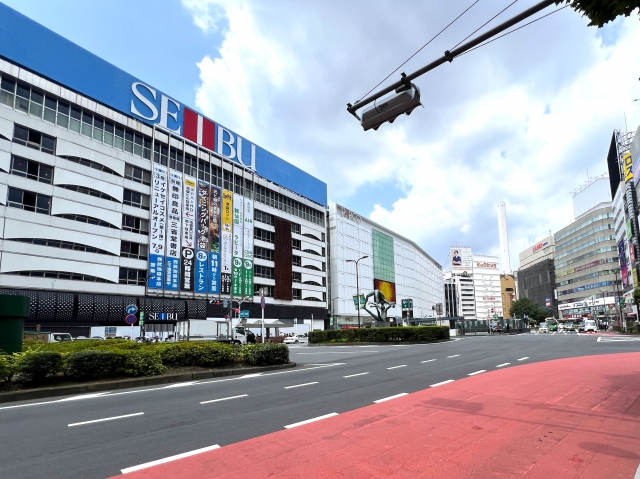
Why the Marunouchi Line Remains a Top Choice from Tokyo Station to Shinjuku and Ikebukuro?
✔ Direct, No Transfers
No need to deal with JR transfer chaos—just board and relax.
✔ Historical Significance
You’re riding a line that helped rebuild Tokyo’s post-war infrastructure.
✔ Coverage of City Centers
Stops at business, academic, and shopping hubs—ideal for both tourists and locals.
✔ Tokyo Subway Ticket Compatible
Save money with unlimited rides if you’re exploring the city for a few days.
Travel Tips for First-Time Riders
- Download Tokyo Metro App – Includes maps, station layouts, and delay alerts.
- Buy a Tokyo Subway 72-Hour Ticket – Great for tourists visiting multiple areas.
- Ride During Off-Peak Hours – Aim for 10:00–16:00 or after 19:00.
- Use IC Cards (PASMO/Suica) – Avoid ticket machines.
- Follow Exit Numbers – Especially helpful in complex stations like Ikebukuro.
Conclusion: Tokyo to Shinjuku and Ikebukuro, the Historic Way
Taking the Tokyo Metro Marunouchi Line from Tokyo Station to Shinjuku and Ikebukuro isn’t just a smart transit choice—it’s also a journey through the layers of Tokyo’s modern development.
From its 1950s origins as Japan’s second subway to its role in shaping Tokyo’s urban sprawl, the Marunouchi Line remains a proud symbol of progress. Whether you’re a history buff, daily commuter, or curious traveler, the red line offers more than just transportation—it tells the story of a growing city.
